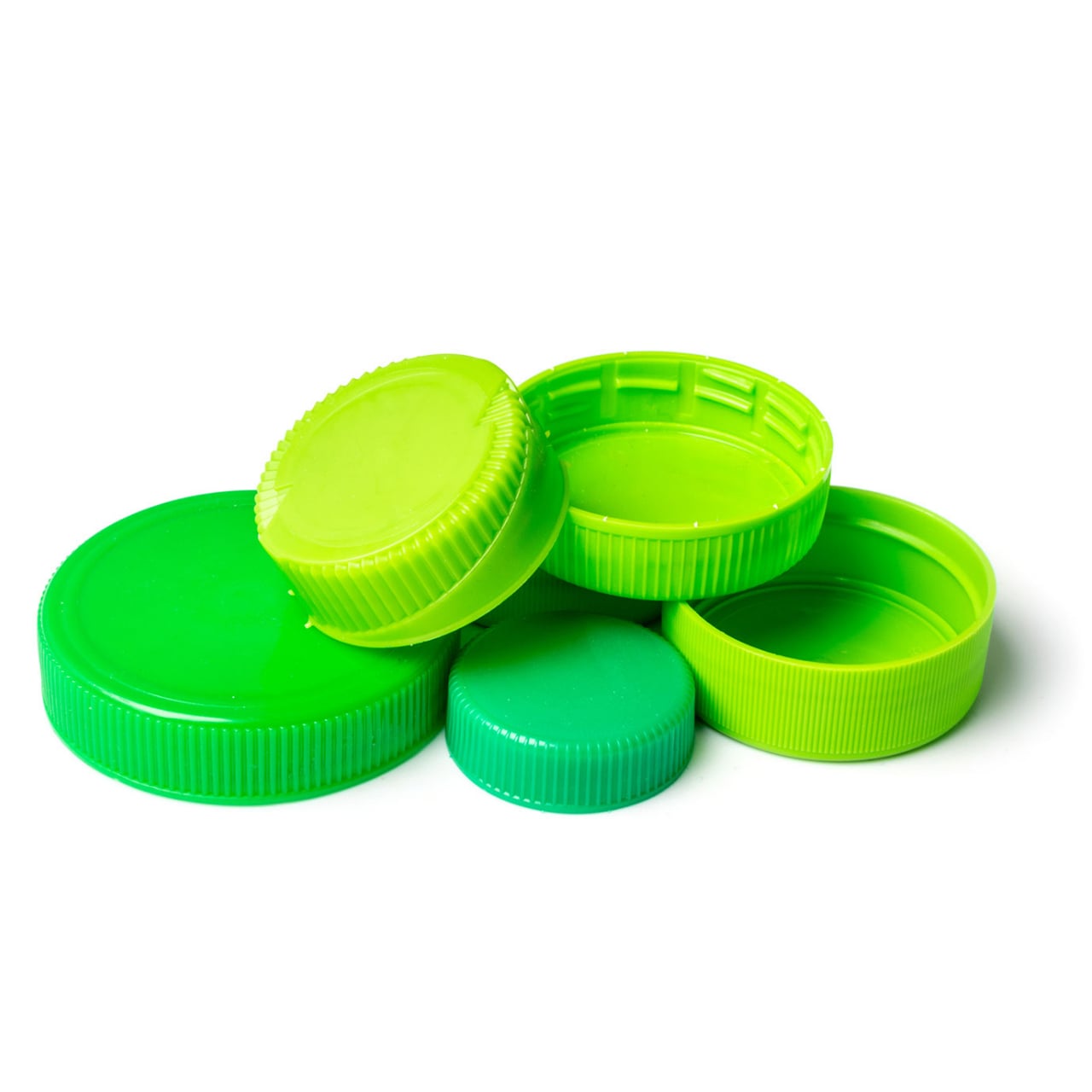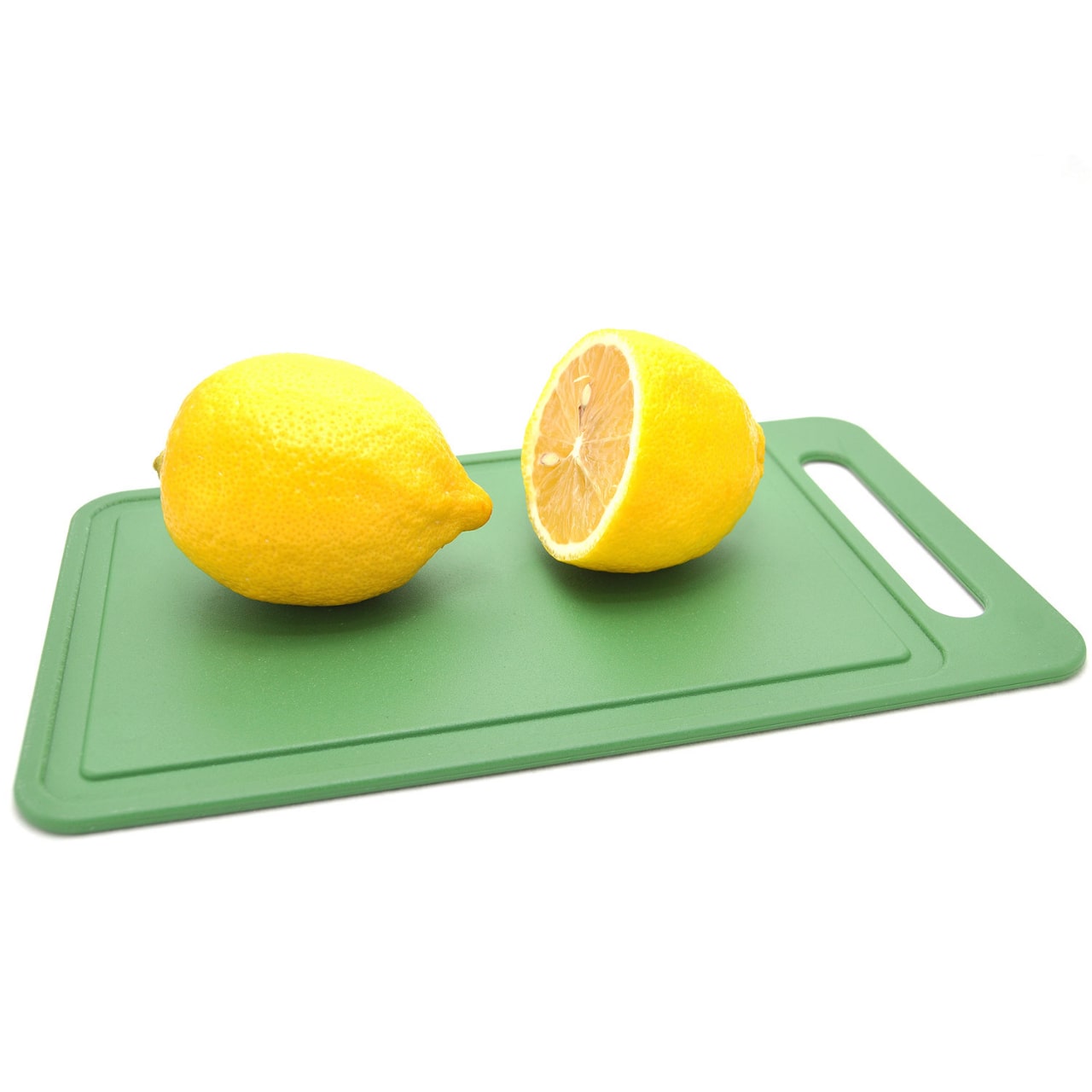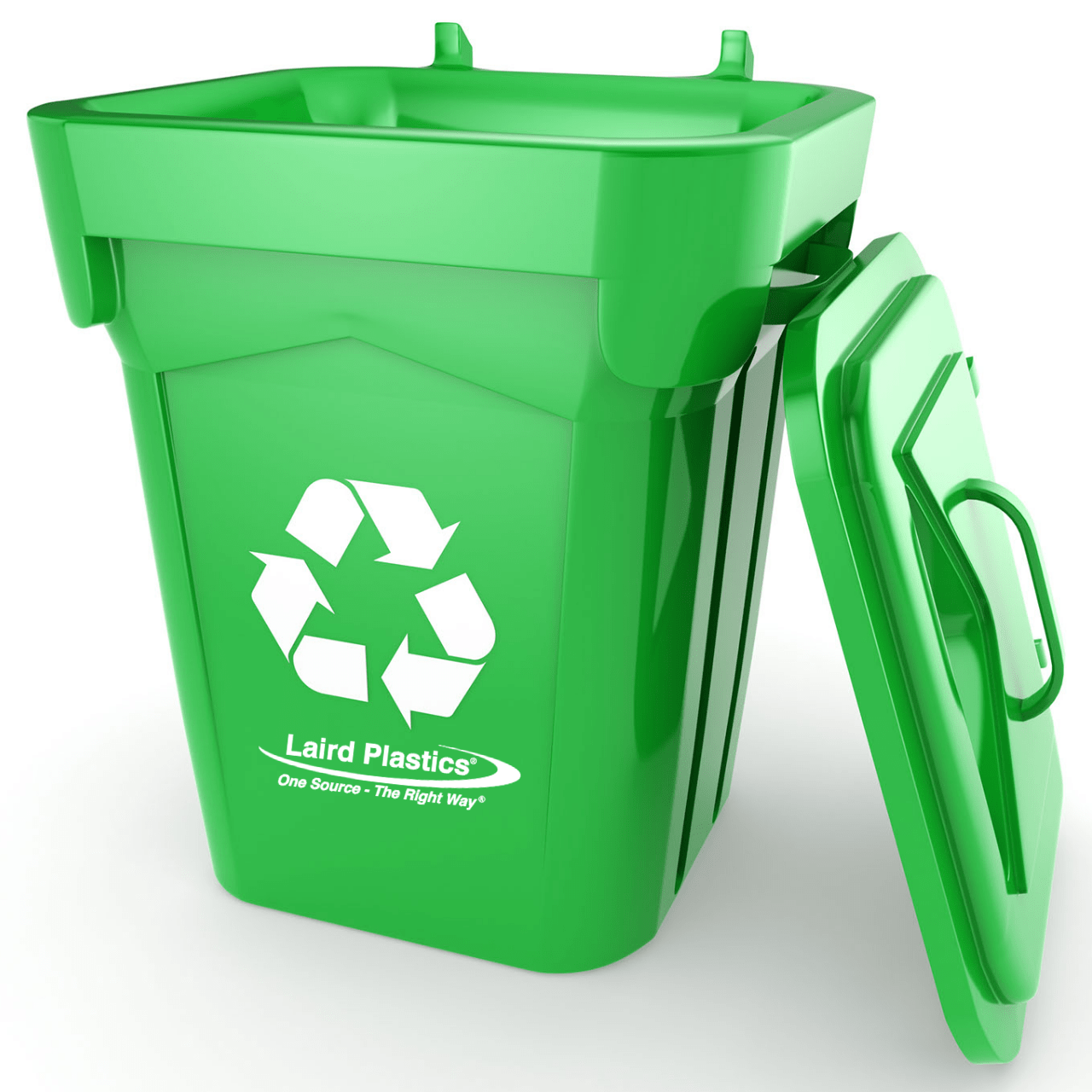What is HDPE Plastic? (High-Density Polyethylene)
Introduction
You use plastic every single day.
There are obvious uses of plastic, such as a bottle of water, the glasses on your face, the case on your phone, or the container that holds your food. Yes, plastics are a vital part of the world and the way it works. But there are more specific types of plastic that you might not know of. One of those forms of plastic is HDPE plastics. It's very popular in any manufacturing field and has many uses. Learning about HDPE plastics will teach you why they are so important and will also reveal how they are already interacting with your life in some surprising ways.
might not know of. One of those forms of plastic is HDPE plastics. It's very popular in any manufacturing field and has many uses. Learning about HDPE plastics will teach you why they are so important and will also reveal how they are already interacting with your life in some surprising ways.
What is Plastic?
What is plastic? Currently, that's a loaded question because there are more types of plastics than ever before. Plastics is a broad term that refers to a variety of synthetic or semi-synthetic materials that are used in a wide range of applications. It is not an exaggeration to say that plastics may be found almost everywhere. Plastic goods enable us to live a cleaner, simpler, safer, and more pleasurable life. Plastics may be found in the clothes we wear, the homes we live in, and the automobiles we drive.
Plastics are found in the toys we play with, the screens we watch, the IT tools we employ, and the medical equipment we use. Like wood, paper, and wool, plastic is an organic material. Natural goods such as cellulose, coal, natural gas, salt, and crude oil are used as raw ingredients in the production of plastics. Plastics are highly adaptable materials that may be used in a variety of consumer and industrial applications. Plastic goods benefit from the low density of most polymers, which makes them lightweight and able to be used in a whole slew of different products.
While most polymers have good thermal and electrical insulation, some may be engineered to transmit electricity when necessary. Plastics are resistant to a wide range of chemicals that may corrode other materials, making them long-lasting and appropriate for severe settings. Some of them are translucent, allowing optical instruments to be used. They can readily be molded into complicated shapes, making it possible to incorporate other materials into plastic goods. Plastics may be produced with virtually any combination of characteristics throughout time to fit almost any purpose.
Plastics are employed in the following fields because of their desirable properties:
● Mobility and Transportation
● Electronics
● Healthcare
● Agriculture
● Sports and Leisure
● Energy
● Packaging
● Building and Construction
What is HDPE?
HDPE is one of the most popular, adaptable, and strongest types of plastic on the market and, because of that, it is being used more and more. But what is it? Technically, HDPE, also known as high-density polyethylene, is a durable plastic that is used to produce jugs and bottles for short-term storage. Look for a number 2 inside the three-arrow recycling symbol to see if a container is constructed of  HDPE. If you have ever walked through a grocery store, you have been surrounded by HDPE plastics, and you know just how important they are.
HDPE. If you have ever walked through a grocery store, you have been surrounded by HDPE plastics, and you know just how important they are.
Not only are they used for milk and juice, they are employed in a whole variety of different containers and packaging materials. In fact, HDPE is one of the most popular materials used in manufacturing industries today. HDPE is not only popular because of its wide variety of uses. It is also environmentally friendly, which adds to its value. Milk containers, soap bottles, bleach bottles, detergent, shampoo, and conditioner are just some products that rely on HDPE. Toys, drain pipes, outdoor signage, outdoor furniture, and so much more use HDPE.
Why is HDPE So Popular?
HDPE is wildly popular because it is used for so many wide and various purposes. From food service to public venues to retail and hotels and resorts, everyone uses HDPE. That's just the reason so many are drawn to using HDPE. But the help that HDPE provides the environment is just another reason so many companies are flocking to it. HDPE is highly reusable. It is commonly recycled and made into composite wood and plastic lumber. They are also made mainly from post-consumer products and are recyclable at the end of their life cycle.
Creating HDPE plastics requires only a fraction of the energy needed to produce steel from iron ore or other materials. This is another way that it helps the planet. And it can be used. Plus, whatever is made with HDPE is eco-friendly too because it was created with post-consumer products. To look at it in a starker number, consider this: over 115 million milk jugs are recycled each year in the making of HDPE recycled plastic. Over 8-10 recycled milk jugs make up a pound of HDPE plastics. You can see that the creation of this special type of plastic helps the planet by taking trash and making it brand new again.
it can be used. Plus, whatever is made with HDPE is eco-friendly too because it was created with post-consumer products. To look at it in a starker number, consider this: over 115 million milk jugs are recycled each year in the making of HDPE recycled plastic. Over 8-10 recycled milk jugs make up a pound of HDPE plastics. You can see that the creation of this special type of plastic helps the planet by taking trash and making it brand new again.
Conclusion
HDPE is more than just a green, planet-friendly type of plastic. It's also very lightweight and incredibly super-strong too. Plus, HDPE plastics are very impact resistant too. So toys and products created with it can withstand a lot more wear and tear and don't break or fall apart. Even better, HDPE plastics resist mold, mildew, rotting, and insects so it can be used in many industries such as piping and construction. Plus, HDPE plastics are easily molded so they can be shaped into many positions and objects and can fit nearly anywhere with some work.
They are adaptable and capable of being helpful in so many situations. Yes, there is so much to like about HDPE plastics. And there are so many uses for it too! You now understand why they are springing up everywhere and why a variety of industries and companies are turning to HDPE. It helps the planet, and it helps anyone who uses it.
Interested in what HDPE plastics Laird has to offer? Click here to shop now!
